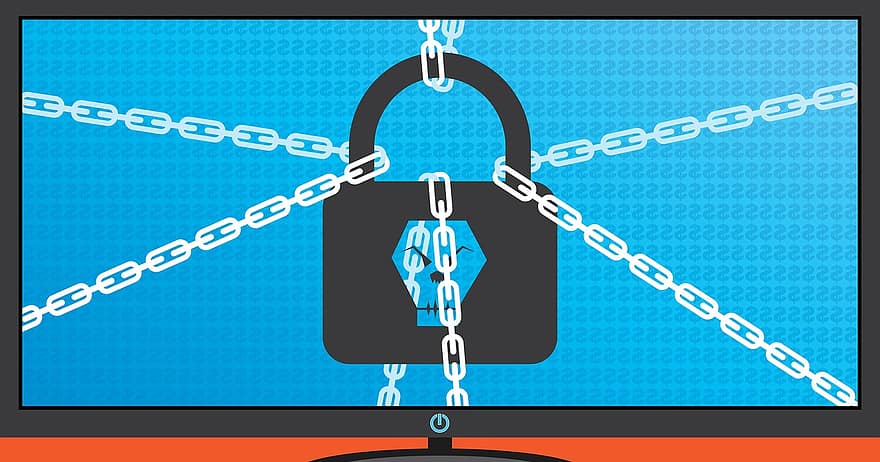
The emergence of remote work, cloud computing, and the proliferation of connected devices has necessitated a paradigm shift towards more robust and adaptive security models. One such model gaining significant traction is Zero-Trust Network Access (ZTNA).
This innovative approach challenges the conventional notion of trusting entities within a network and instead focuses on verifying and authorizing every user, device, and application attempting to access resources. In this article, we will delve into seven key benefits of Zero-Trust Network Access.
1. Enhanced Security Posture
The primary advantage of ZTNA is its ability to bolster security. By continuously verifying and validating users and devices, the zero-trust model significantly reduces the attack surface and limits lateral movement for potential threats.
This approach ensures that only authorized and authenticated entities gain access to specific resources, mitigating the risks associated with unauthorized access, data breaches, and lateral movement of attackers within the network.
2. Protection Against Insider Threats
Traditional security models often grant excessive privileges to users and devices once they are inside the network perimeter. However, insider threats, whether malicious or unintentional, can pose substantial risks.
ZTNA addresses this challenge by enforcing strict access controls and user segmentation. Even users already within the network must adhere to the principle of least privilege, limiting their access to only the resources essential for their roles.
3. Adaptable to Modern Work Environments
The rise of remote work and mobile devices has eroded the boundaries of the traditional network perimeter. ZTNA accommodates this shift seamlessly by allowing secure access from anywhere, regardless of the user’s location or device type.
This flexibility empowers employees to work remotely without compromising security, making it an ideal solution for the modern workforce.
4. Simplified Compliance and Auditing
Meeting regulatory requirements and demonstrating compliance can be intricate undertakings. ZTNA simplifies this process by providing comprehensive visibility into user and device activity. With detailed logs and audit trails, organizations can easily track access attempts, permissions, and data interactions, facilitating compliance with industry standards and regulations.
5. Minimized Attack Surface
Zero-Trust Network Access significantly reduces the attack surface by employing micro-segmentation. Resources are divided into smaller, isolated segments, ensuring that even if an attacker gains access to one segment, they are prevented from moving laterally to other parts of the network. This containment mechanism limits the potential impact of a breach and enhances overall network resilience.
6. Scalability and Performance
ZTNA architecture is designed to accommodate dynamic scaling without compromising performance. With the cloud-native approach, resources can be easily provisioned and de-provisioned based on demand. This scalability ensures that the security infrastructure can adapt to varying workloads and traffic patterns, maintaining optimal performance levels.
7. Reduced Complexity
Traditional security models often involve complex configurations, multiple security appliances, and convoluted rule sets. ZTNA simplifies the security architecture by centralizing policy enforcement and access controls. This reduction in complexity translates to easier management, quicker incident response, and a more streamlined overall security infrastructure.
Final Thoughts
Zero-Trust Network Access represents a paradigm shift in cybersecurity, addressing the shortcomings of traditional perimeter-based models. By prioritizing verification, authentication, and least privilege principles, ZTNA provides enhanced security, protection against insider threats, and adaptable solutions for modern work environments.
Furthermore, the simplified compliance and auditing processes, minimized attack surface, scalability, and reduced complexity make ZTNA a compelling choice for organizations seeking to fortify their network defenses in an increasingly complex digital landscape.
As the cyber threat landscape continues to evolve, embracing the principles of zero-trust security is a proactive step toward safeguarding critical assets and maintaining the confidentiality, integrity, and availability of sensitive information.
